
Influencing Armed Nonstate Actors to Comply with Humanitarian Norms
Signing a commitment banning landmines appears to influence armed nonstate actors (ANSAs) away from the use of landmines, suggesting that deeds of commitment can influence ANSAs’ behavior.

After the War is Over: Group Dialog and Reconciliation
Conflict narratives emphasizing blame or deflection can, counterintuitively, contribute to more conciliatory attitudes, especially if individuals have an opportunity to discuss them with others they trust.
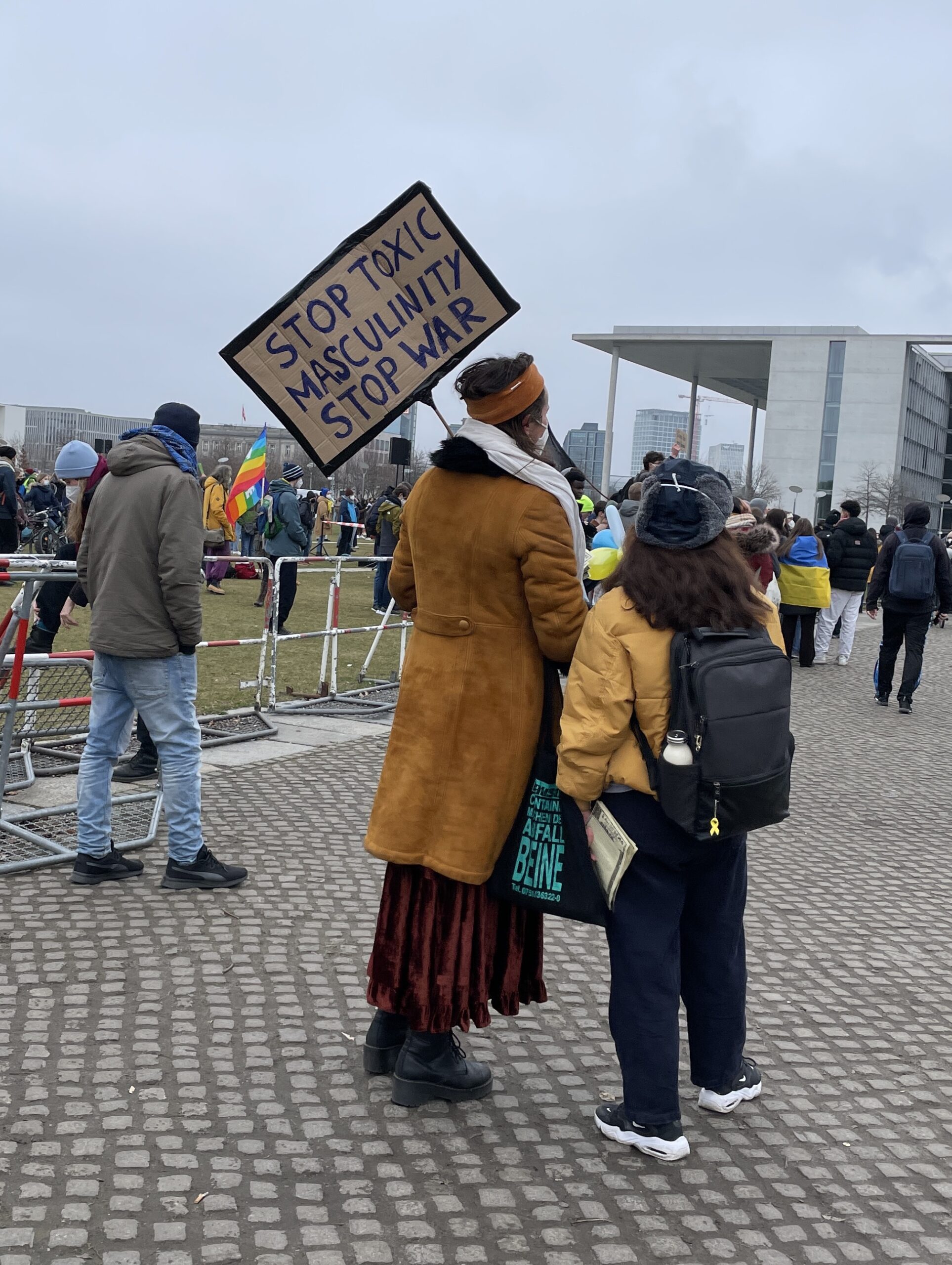
Masculine Honor Beliefs and Attitudes Toward Aggression, War, and Peace
Individuals with high levels of masculine honor beliefs have more positive perceptions of war, higher levels of support for aggressive security policies, and lower levels of support for peacebuilding and diplomacy.

Overcoming Barriers to Effective Knowledge Sharing in Peace Research and Policy
Despite the expectation that peacebuilding scholars outline the practical implications of their research, there are numerous barriers to the successful transfer of this knowledge to those who can use it.

An Interactive Approach to Explaining Success and Failure in the Arab Spring
The success or failure of a civil resistance movement is best understood within a dynamic framework that can account for the interactions between movement activists and the regime, particularly the bearing their respective tactics have on the unity and coherence of the other side.
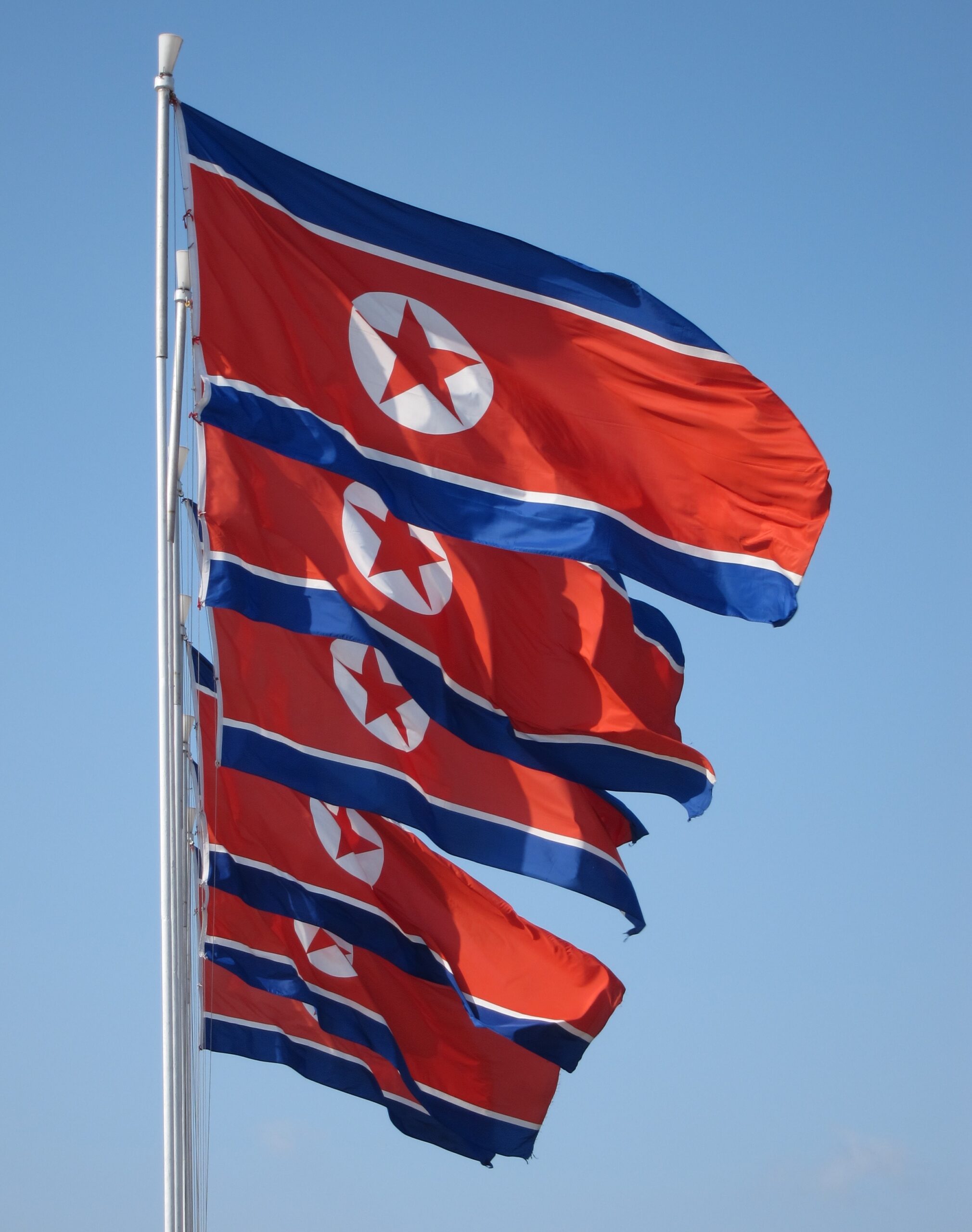
North Korea and the International Community: Triggers and Provocations
Anecdotal assumptions by government officials, academics, and the media about North Korean provocations as responses to U.S./Western triggers are not supported by data.

War Finance Methods and Public Support for War
War support is significantly reduced when war is financed through taxes instead of through borrowing money.
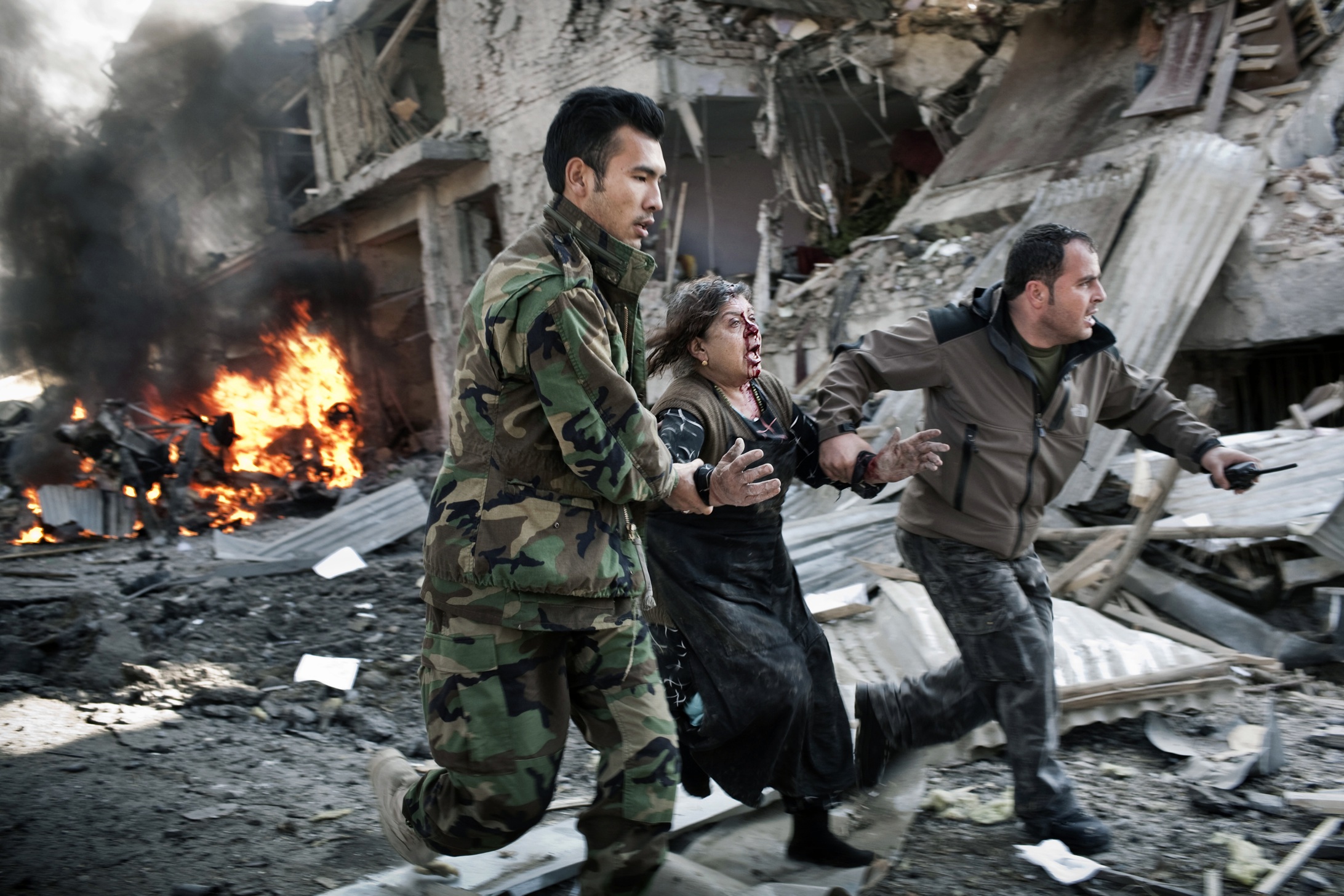
The Lived Experience of Violence in Afghanistan
In response to the regular occurrence of violence in Afghan society, Afghans have expressed helplessness, fear, widespread insecurity, and traumatization but also have learned to cope by normalizing violence, desensitizing themselves from it, and integrating it into their daily lives.
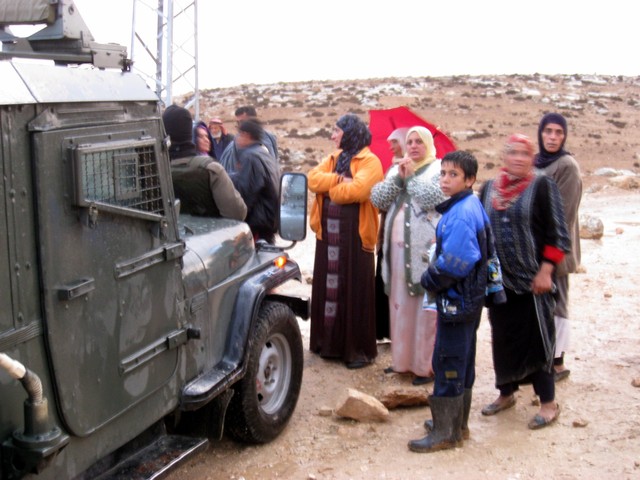
Christian Peacemaker Teams’ Protection and Solidarity Work in Israel/Palestine
Christian Peacemaker Teams (CPT) combines accompaniment work to protect vulnerable Palestinians with solidarity activities to support Palestinian nonviolent resistance movements.
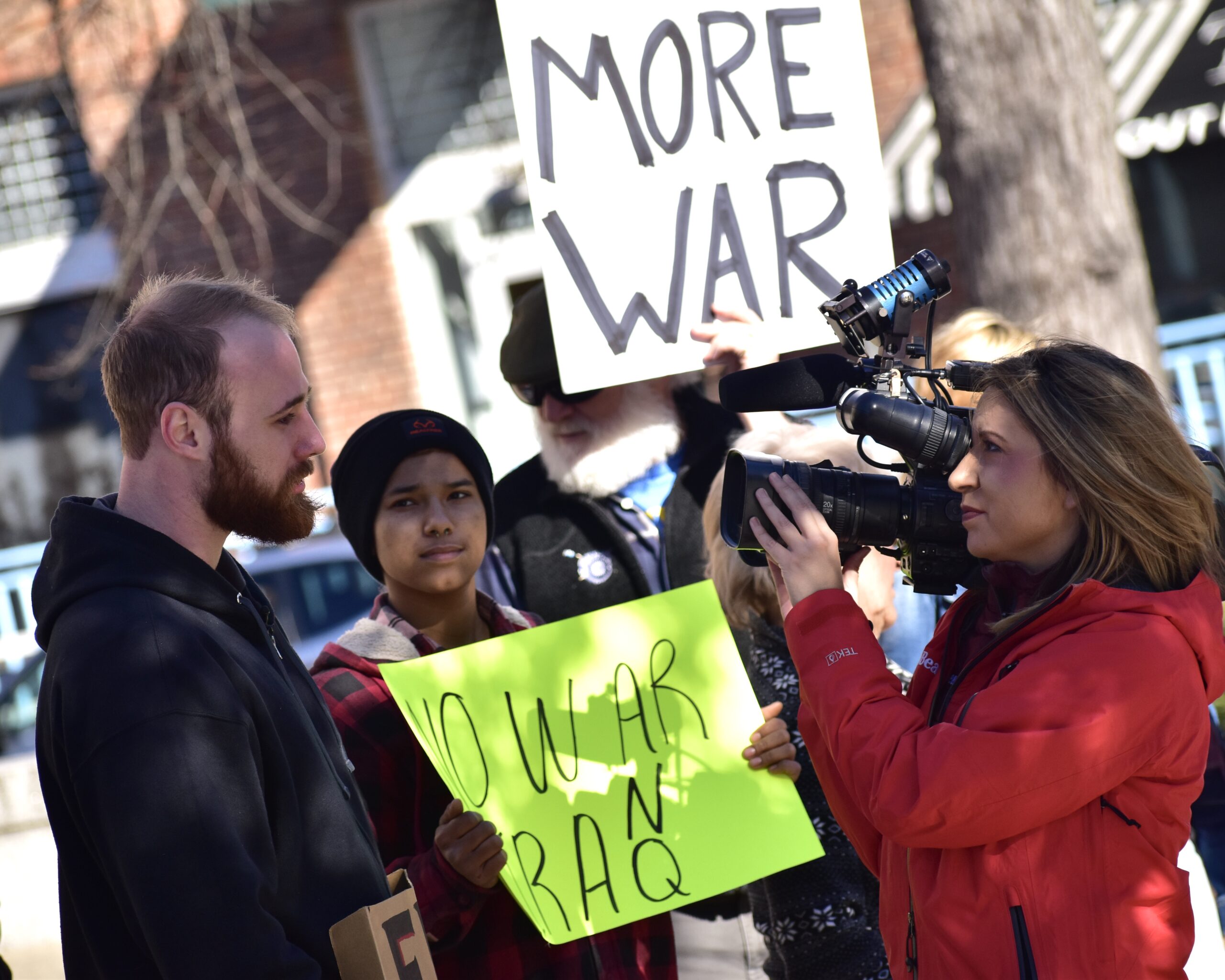
Peace Journalism Done Right?
Peace journalism must adapt coverage to the stages of conflict in order to be relevant, and can have long-term effects through consistent peace framing.

The House Is On Fire, Should We Go To War?
Diversionary conflicts during domestic unrest are more likely to target more powerful states, showing no evidence that traditional ‘enemies’ are targeted.
